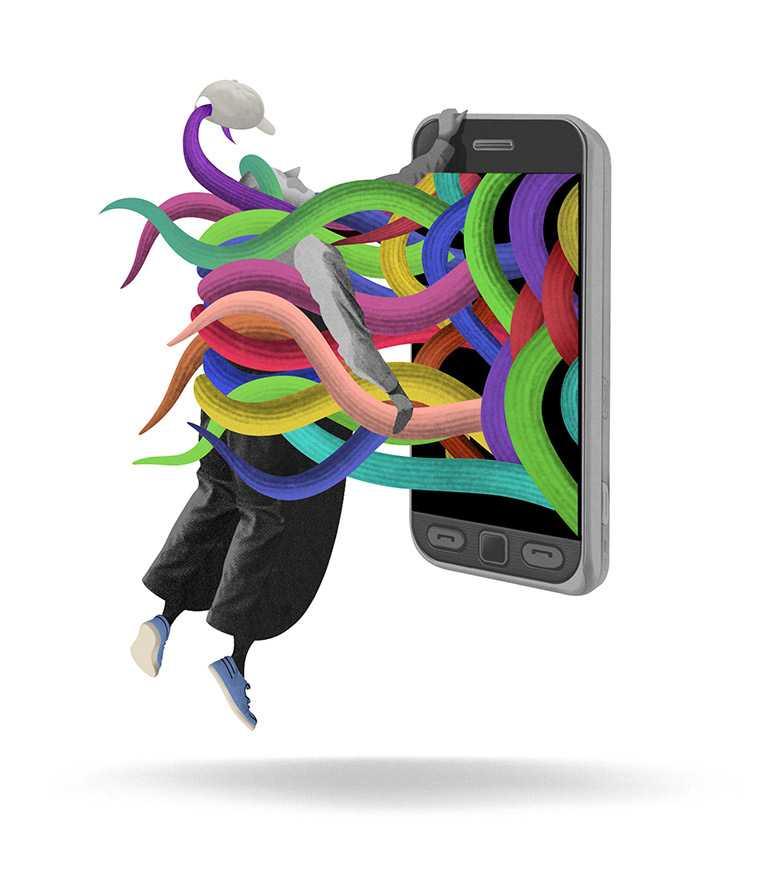Dopamine as a motivator
Our brains can also become sensitized to prompts. The Pavlovian conditioning was used on rats to link a particular cue to cocaine or sugar. The rats ended up desiring the cue more than the drug. The same may apply when checking our phones.
Advertising and availability are also tempting cues prompting us to want.
185
556 reads
CURATED FROM
IDEAS CURATED BY
"The more you understand yourself, the more silence there is, the healthier you are." - Maxime Lagacé
The idea is part of this collection:
Learn more about personaldevelopment with this collection
How to showcase your skills and experience
How to answer common interview questions
How to make a good first impression
Related collections
Read & Learn
20x Faster
without
deepstash
with
deepstash
with
deepstash
Personalized microlearning
—
100+ Learning Journeys
—
Access to 200,000+ ideas
—
Access to the mobile app
—
Unlimited idea saving
—
—
Unlimited history
—
—
Unlimited listening to ideas
—
—
Downloading & offline access
—
—
Supercharge your mind with one idea per day
Enter your email and spend 1 minute every day to learn something new.
I agree to receive email updates
